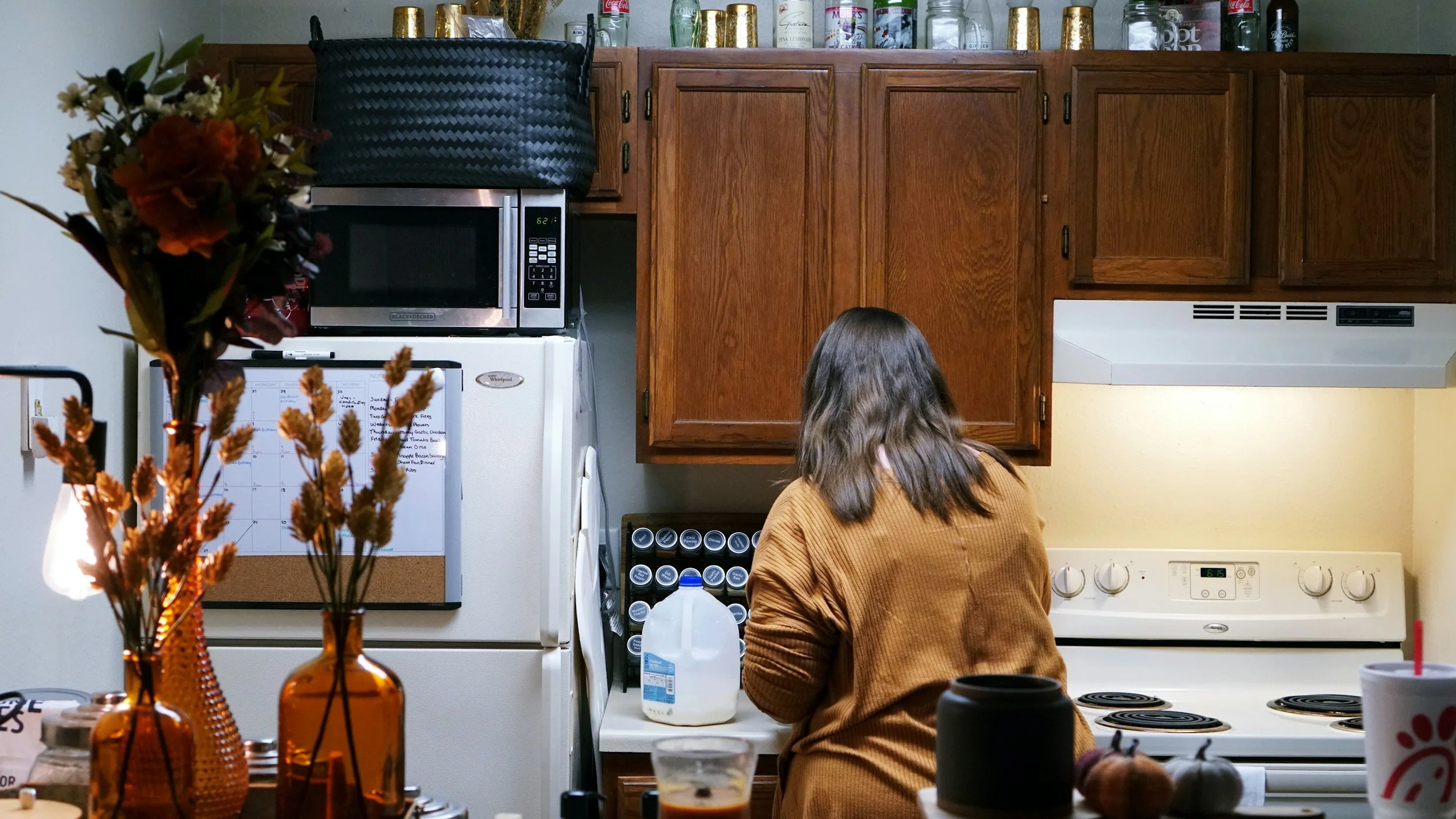How to Clean Your Oven Like a Pro
After cleaning thousands of ovens over my 15-year career, I've learned that most people make this task way harder than it needs to be. Today, I'm sharing my favorite method that works every time - and you won't need any expensive cleaners. In fact, you probably have everything you need right in your kitchen.
## The Truth About Dirty Ovens
Here's something most cleaning companies won't tell you: that baked-on mess in your oven isn't just about food spills. It's actually a combination of food particles, grease vapor that's condensed on the walls, and mineral deposits from steam. Understanding this has helped me develop a method that tackles all three issues.
## What You'll Need
I'm not a fan of harsh chemical cleaners. In my experience, they're not only unnecessary but can leave behind fumes that affect the taste of your food. Here's what I use:
* White vinegar
* Baking soda
* Dish soap (just a drop)
* A spray bottle
* A plastic scraper (an old credit card works perfectly)
* Microfiber cloths
* A bowl for mixing
## My Tried-and-True Method
1. First, remove your oven racks. (I'll share my special rack-cleaning trick at the end of this post!)
2. Mix your cleaning paste. I use 1 cup of baking soda, 1/4 cup of dish soap, and just enough water to make a spreadable paste. This combination creates the perfect cleaning action without being too abrasive.
3. Here's my secret weapon: Before applying the paste, spray the oven interior with white vinegar. The initial reaction helps loosen the grime, making your job easier.
4. Apply the paste everywhere except the heating elements. Don't be shy - get it into all the corners and crevices. This is where most people go wrong by not using enough cleaner.
5. Now, here's my professional trick: let it sit for at least 2 hours, but ideally overnight. I know some tutorials say 20 minutes is enough, but trust me - time is your friend here.
6. While you wait, tackle those racks. Fill your bathtub with hot water, add 1 cup of vinegar and 1/2 cup of dish soap, and let them soak. The soap cuts through the grease while the vinegar handles the minerals.
7. Coming back to the oven: use your spray bottle filled with vinegar to spray over the dried paste. This creates a foaming action that helps lift the grime.
8. Wipe everything clean with your microfiber cloths, using the plastic scraper for any stubborn spots. I always work from top to bottom to avoid drips making extra work.
## Pro Tips I've Learned Along the Way
* The best time to clean your oven is in the evening after dinner. Let it work overnight when you're not using the kitchen.
* If you see smoke when using your oven, it's time for a clean. Don't wait until it starts affecting your food's taste.
* For maintenance, wipe up spills as soon as the oven cools. This prevents them from becoming baked-on challenges.
* Place a sheet of foil on the bottom rack (not the oven floor!) to catch drips and make future cleaning easier.
## Why This Method Works Better Than Commercial Cleaners
In my years of professional cleaning, I've tried every commercial oven cleaner out there. But I always come back to this method because it's effective, safe, and doesn't leave any chemical residue that could affect your food. Plus, it's gentler on the oven's surface, which helps prevent damage over time.
Remember, a clean oven isn't just about appearances - it helps your food taste better and your oven work more efficiently. Try my method, and let me know how it works for you!
*Want more cleaning tips from my years in the business? Check back next week when I'll share my secrets for getting your washing machine truly clean!*

